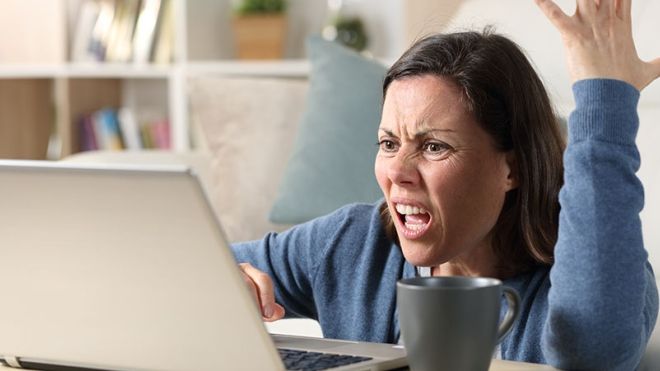
This past weekend was beautiful.
The sun was shining, there was barely any wind, and some restrictions of quarantine were lifted. While most of us chose to stay at home and isolate ourselves in our own backyards, we saw many people flood to parks to escape the prisons of our homes and the awful winter weather we experienced in May.
My first initial reaction when I saw pictures of thousands of people in a Toronto park was to be angry and upset. But as always, I remembered again what I teach, try your best to have empathy for others, as we don’t always know their situation.
In my efforts to empathize, I thought to myself I’m fortunate to have a home with a backyard where I can go out to a private outdoor space whenever I want to. Unlike many who live in Toronto who only have a tiny balcony that may or may not get any sunlight. After months of waiting in line for grocery stores and all other services, it can feel very frustrating. For the people living in condos, they are also waiting in grocery store lines, plus having to wait in line just to use the elevator to get back to their condo. They may not own a car and so need to carry now 1-2 weeks worth of groceries home many blocks over. So, what we saw this weekend when park restrictions were lifted, was for many people the first time in months they were able to be outside in the sun.
Before getting upset by these empathetic reflections, I am not dismissing this behaviour. Empathy doesn’t mean you have to agree with it, just to understand it. This behaviour in my opinion was still selfish and put many peoples lives at risk. We have every right to be upset by this behaviour, especially if you have lost a loved one to the virus, or have watched a person die because of the virus. In an effort to understand, we should try to observe who were the people who turned a park into a festival. Did you notice that several of the people pictured were teenagers and young adults? I’m not saying everyone was, but many were. And there are several explanations from a psychology perspective on risk taking behaviours in adolescence.
Before I elaborate on the neuroscience behind risk taking and adolescence, I first want you to reflect on your own actions before the age of 25. Did you drive faster despite knowing that car accidents kill? Did you ever act recklessly with friends at a party? Did you take more drugs or alcohol without thinking of the consequences of your actions? Would you do half the things now that you did when you were 19? I bet many of us would answer “NO WAY”. That there is no way we would jeopardize our own safety or others by doing some of the stupid things we did back when.
With age we learn, and our brain develops through innate genetic processes and lived experiences. Our brains from a genetic perspective, do not fully develop until the ages of 21-25. The part of our brain that hasn’t fully developed is our frontal lobe; which is responsible for processes such as reasoning, decision making, problem solving, and emotional expression amongst others. During our transition from childhood to adolescence our brains are prone to releasing higher amounts of dopamine during highly risky but highly rewarding outcomes. They don’t have the same response for low to moderate reward valued experiences. Essentially, the bigger the risk the better the reward. Steinberg (2008) discusses the many structural developments happening in the frontal lobe during early adulthood, and that it’s only as we learn over time our neural pathways grow. In other words, our brain develops during this age by making higher risk and higher reward activities more enticing than lower risk and lower rewards. This is why in our youth we may have driven recklessly and gotten into a car accident. This incident has now shaped us and served as an experience to help us decide to slow down next time. If we experimented with too many drugs and/or alcohol and got sick from it, this experience allowed us to grow and know to use less next time.
Bringing this information back into our current situation, I do want to add that many teenagers and young adults have been very respectful and have acted beyond what many of us might have been able to cope with at that age. For those who have engaged in large group gatherings during quarantine, we could compare it to when a young adult drives under the influence and gets into an accident - people get hurt. The lesson from reducing those behaviours is that because of this understanding of brain development, it is not always a teachable moment unless we directly experience the consequences of our actions ourselves. The best shot we have at reducing this behaviour is to start by empathizing and understanding why this behaviour is happening, then to show the consequences of these actions similarly to drunk driving commercials. Again, we don’t have to agree with others actions, but we can empathize in order to learn from it.
EDITOR’S NOTE: Christina Fuda is the Mental Health First Aid Coordinator at Ontario Shores. During the pandemic, she will be blogging regularly around the impact of COVID-19 from a mental health perspective. Send your suggestions for topics to @email.



